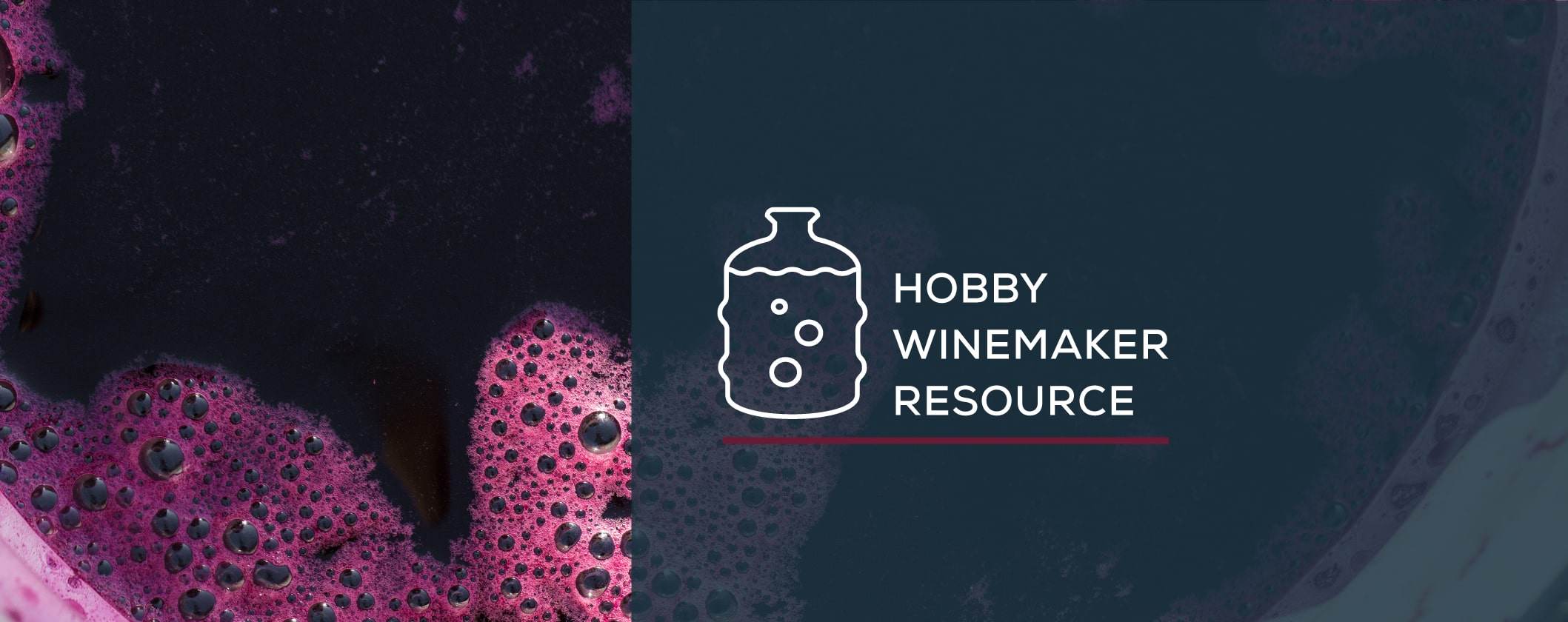Sulfur Dioxide Additions

SULFUR DIOXIDE ADDITIONS
Sulfur dioxide (SO₂) is added to both must and wine for protection from oxidation and microbial spoilage. Sulfur dioxide is highly reactive and a large portion (roughly half) of the compound is bound up immediately after addition. The remainder of the sulfur dioxide is called free SO₂ with a very small portion remaining as molecular SO₂. It is the molecular SO₂ that gives protection from microbes. Molecular SO₂ levels should be maintained between 0.5 and 0.8 ppm for proper protection. The quantity of sulfur dioxide added depends on many factors. The most important factors to consider are:
- pH of must or wine
- Temperature of must or wine
- Condition of fruit at crush
- Type of wine being produced
PH:
The pH of the solution that the sulfur dioxide is added to is a major determining factor in the quantity of sulfur dioxide needed to provide adequate protection from microbes and oxidation. A lower pH solution will require less sulfur dioxide in order to maintain the proper level of molecular SO₂. There is a very large difference in quantity of SO₂ needed between a pH of 3.0 and 4.0.
TEMPERATURE:
As temperatures increase, less stable compounds that bind SO₂ release those bonds, which in turn, increases the level of free SO₂ in the solution.
CONDITION OF FRUIT AT CRUSH:
The condition of the fruit when it is crushed is an important factor in the amount of necessary SO₂ additions. When fruit is rotten or moldy or is suspected of having high levels of microorganisms present, more SO₂ must be added (50-100%). Fruit that is in poor condition contains higher levels of aldehydes which bind to added SO₂.
Fruit that is in exemplary condition at crushing may not even need to be sulfited before fermentation.
TYPE OF WINE BEING PRODUCED:
The type of fruit and the style of wine being produced will have an impact on sulfiting decisions. Typically white grapes are sulfited at crushing to protect against browning due to oxidation as well as for protection against microbial infection. Red grapes are also sometimes sulfited at crushing to help with color extraction and for protection against microbial infection.
TIMING OF ADDITIONS:
Quantity of sulfite added and the timing of sulfite additions are dependent on many factors including the factors listed above. Winemaking is a complex science/art that has as many varied answers for each question that can be asked. The best advice is to obtain as much information as possible and then use that information to make an informed decision for your own unique situation. That said, the following is a rough estimate of typical sulfiting quantities and schedules. These are very rough and should be modified to fit each winemaker’s individual situation.
Red Wine:
- At crushing, add 50 ppm sulfite. Let stand overnight and inoculate with yeast.
- After ML fermentation is complete, dose with 50 ppm sulfite.
- Monitor and adjust aging red wine to 20 ppm free SO₂.
- Adjust SO₂ level to 25 ppm before bottling.
White Wine:
- Must not intended to undergo ML fermentation should have 80 ppm sulfite added at crushing.
- Must intended to undergo ML fermentation should have 50 ppm sulfite added at crushing.
- For wine not undergoing ML fermentation, 50 ppm SO₂ should be added at dryness.
- For wine undergoing ML fermentation, 50 ppm SO₂ should be added when ML fermentation is complete.
- Wine held before bottling should be monitored and maintained at 20 ppm free SO₂.
- Wine should be adjusted to 25 ppm free SO₂ at bottling.
